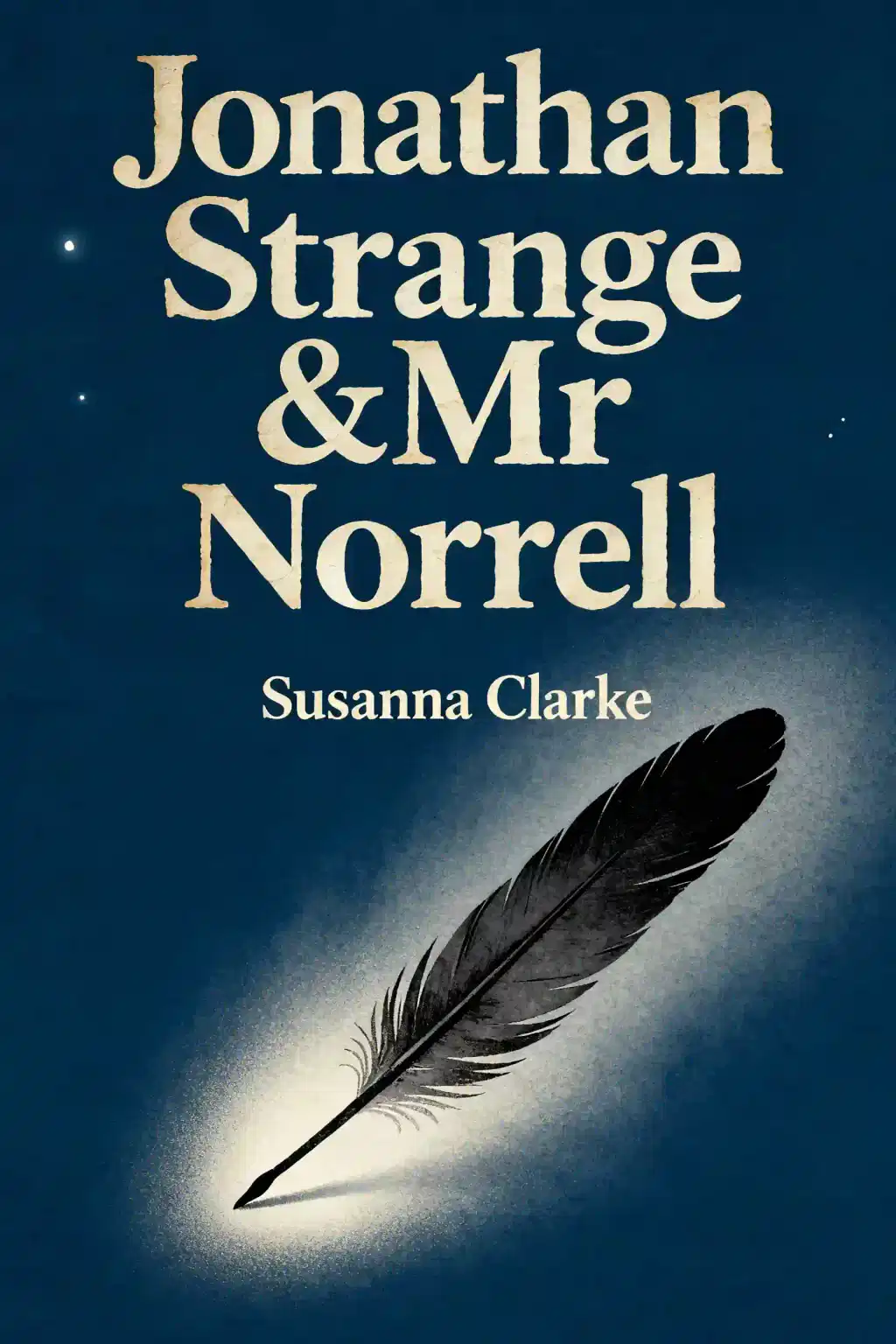What is
Across That Bridge by John Lewis about?
Across That Bridge by John Lewis blends memoir with activism philosophy, detailing his Civil Rights Movement experiences and eight principles for social change: faith, patience, study, truth, act, peace, love, and reconciliation. The book emphasizes nonviolent resistance, spiritual resilience, and confronting injustice through moral courage, drawing from Lewis’s pivotal role in events like the 1965 Selma march.
Who should read
Across That Bridge?
Activists, historians, and anyone seeking guidance on social justice or personal growth will find value. It’s particularly relevant for leaders navigating systemic challenges, educators teaching civil rights history, and individuals inspired by Lewis’s fusion of spirituality and activism.
Is
Across That Bridge worth reading?
Yes—it’s a timeless guide to ethical leadership and grassroots organizing. Lewis’s firsthand accounts of facing violence with nonviolence, coupled with actionable wisdom, make it essential for understanding the Civil Rights Movement and applying its lessons to modern social struggles.
What are the main principles in
Across That Bridge?
Lewis outlines eight core values:
- Faith: Unshakable belief in justice.
- Patience: Sustaining efforts despite setbacks.
- Study: Grounding actions in historical knowledge.
- Truth: Speaking honestly to power.
- Act: Committing to purposeful movement.
- Peace: Rejecting retaliation.
- Love: Leading with empathy.
- Reconciliation: Healing divisions through understanding.
How does John Lewis define faith in activism?
Lewis describes faith as “the antidote to doubt,” citing his imprisonment at Parchman Farm as a test of conviction. He argues that unwavering belief in justice sustains activists through persecution, enabling them to transform fear into collective power.
What role does nonviolence play in
Across That Bridge?
Nonviolence is framed as both a moral imperative and strategic tool. Lewis recounts how peaceful protests during the Selma march and Freedom Rides exposed systemic brutality, galvanizing public support. He stresses that love for adversaries is key to dismantling oppression.
How does
Across That Bridge address modern social issues?
While rooted in 1960s activism, Lewis connects his principles to contemporary movements like Occupy, urging readers to confront inequality, voter suppression, and racial injustice with the same disciplined compassion.
What is the significance of the Selma bridge in the book?
The Edmund Pettus Bridge symbolizes the courage to face violence for progress. Lewis’s firsthand account of “Bloody Sunday”—where he suffered a fractured skull—highlights the sacrifices behind voting rights advancements and the power of resilient collective action.
How does Lewis view reconciliation in social change?
Reconciliation involves recognizing humanity in opponents and fostering dialogue. Lewis argues that healing requires acknowledging shared innocence beneath societal conditioning, rather than perpetuating cycles of resentment.
Are there criticisms of
Across That Bridge?
Some readers find the emphasis on forgiveness and nonviolence challenging without spiritual grounding. Others note the book’s focus on historical context may require supplementary reading on current racial equity strategies.
How does
Across That Bridge compare to other civil rights memoirs?
Unlike purely historical accounts, Lewis’s work merges memoir with a tactical playbook, offering actionable steps alongside stories of Selma and Freedom Rides. It complements MLK’s writings by focusing on grassroots mobilization.
What quotes from
Across That Bridge are most impactful?
- “Focus on the dream, not the struggle.”
- “Hate is too heavy a burden to carry.”
- “The vote is the most powerful nonviolent tool we have.”
These lines underscore Lewis’s belief in hopeful persistence and civic engagement.
Why is
Across That Bridge still relevant today?
Its lessons on combating polarization, upholding democracy, and leading with empathy resonate amid ongoing battles for racial justice, voting rights, and inclusive leadership. Lewis’s vision bridges past struggles with future activism.















